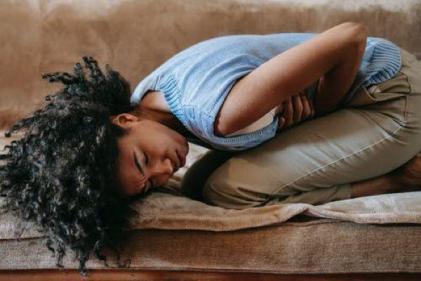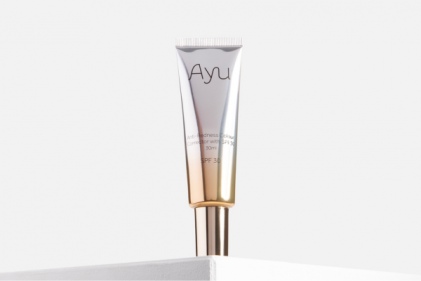Ireland has the highest rate of Cystic Fibrosis in the world with over 1100 patients in the country. 1 in 19 people are carriers of the CF gene and where two carriers have a child together, there is a 1 in 4 chance that the baby will be born with Cystic Fibrosis.
CF is a condition which affects the glands and damages organs including the lungs, digestive tract, reproductive system and pancreas. The condition causes a thick, sticky mucus to be produced that blocks the bronchial tubes and prevents the body's natural enzymes from digesting food. This mucus causes sufferers to be extremely prone to chest infections and malnutrition.
Those who suffer from with CF are prone to constant chest infections and malnutrition. However as therapeutic options have expanded over the last decade, significant advances have been achieved in both life expectancy and quality of life.
Cystic Fibrosis patients must consume artificial enzymes with their food to help them absorb the necessary nutrition. To keep the lungs free of congestion and infection they must also follow a demanding daily routine of physical therapy
Unfortunately there is no cure for cystic fibrosis; however, new developments in treating the disease are becoming available each year. The progress made in treatment has enabled children with CF to lead pretty normal lives. Thirty years ago most children with CF died as a toddler. Today, the prognosis for a child born with cystic fibrosis is much better. Doctors state that if a child with CF is treated properly and stays fairly healthy otherwise, they are likely to live until his mid 30s. Life expectancy and quality of life can be greatly improved when a sufferer has a Lung Transplant.












